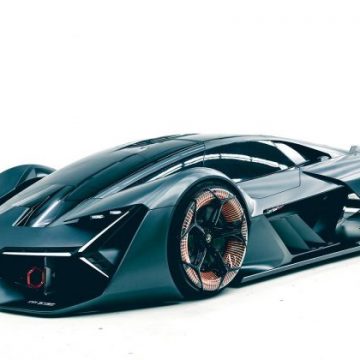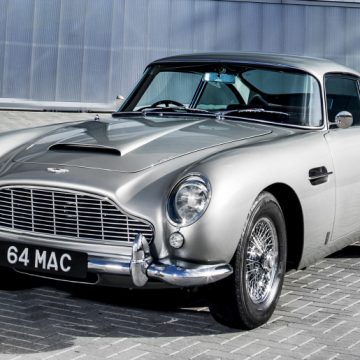
Australians are buying more luxury and classic cars than ever before. With a healthy economy, and more disposable income than in the past, many, many Australian men and women are investing in luxury motors and becoming involved in the lifestyle that comes with it.
One of the key areas of interest at the moment for many car collectors is not concerned with classic cars from the past, but instead looking forwards to forecast which cars coming out today are set to become the classics of tomorrow. But how do we spot which motors are set to join timeless classics like the E-Type Jaguar in twenty years’ time? The fingers of fate and fashion are fickle ones, but here are some things to bear in mind while you decide where to invest your money.
Is the car beautiful?
Not all classic cars possess great beauty, but the vast majority do. Sleek lines, dynamic curves, meticulous attention to detail and elegant interiors are all factors which propel a car into classic and collectible status. Even if the drive is mediocre, beauty is something which has the power to blind buyers endlessly.
Is it rare?
Cars can be rare for many reasons, not all of them good. We’re not talking about a motor which dropped out of production due to poor sales or performance, but rather contemporary luxury vehicles with a limited run. Exclusivity is always sought after, and simple supply and demand market forces often make rare cars classics within a short period of time.
Is it technologically important?
The twenty-first century is one of huge technological leaps being made in the automotive industry. Some of the ground-breaking and game-changing cars coming out at the moment are immediately destined for classic status, simply due to the fact that they possess features which have never been seen before. Combine this factor with the other two mentioned above, and you’re onto a winner.



 Ithaca-Greece’s best kept secret
Ithaca-Greece’s best kept secret  Supercar or Hypercar?
Supercar or Hypercar? 

